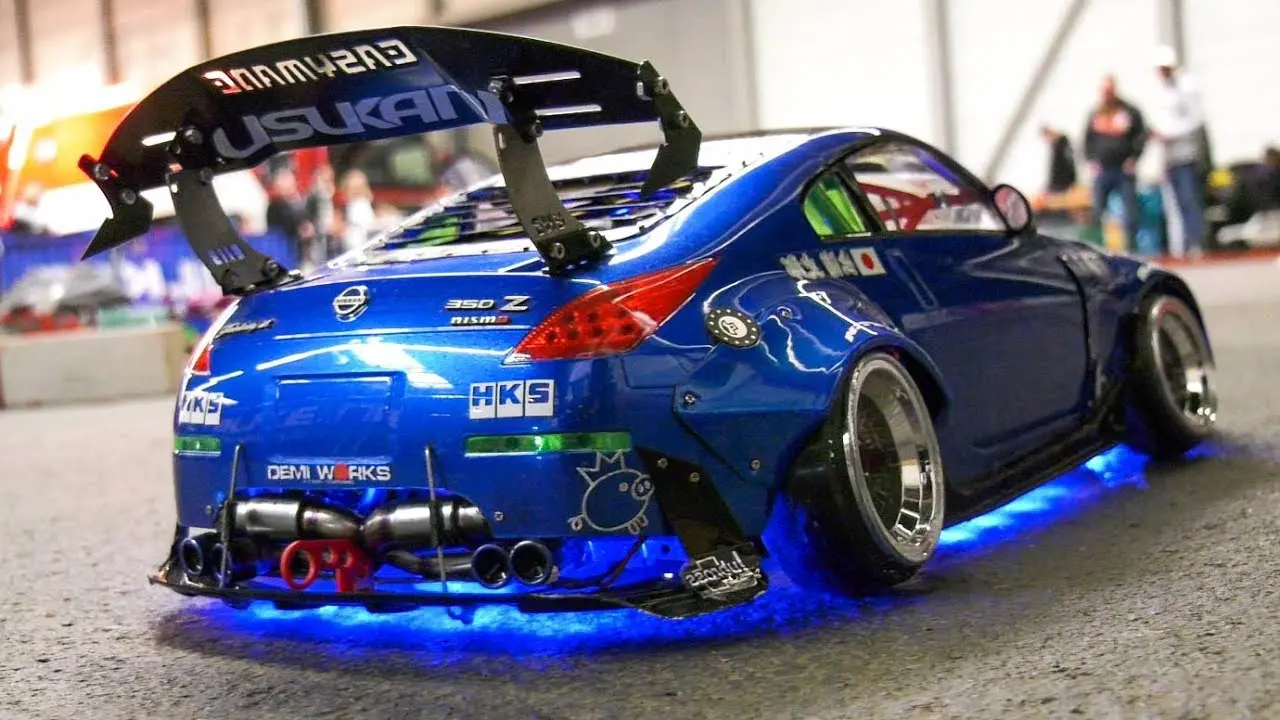RC drifting offers a variety of chassis options, each designed to suit different driving styles, surfaces, and budgets. Key factors such as two-wheel drive (2WD) or four-wheel drive (4WD), along with motor placement, play a significant role in choosing the right drift car chassis.

In the early 2000s, 2WD RC drifting gained popularity with models like the HPI Racing Sprint 2 Drift car, while 4WD drifting rose to prominence with the Yokomo Drift Package Type-C. These early chassis lacked many of the modern refinements available today but paved the way for the advanced drift cars we now have. This guide explains different chassis types to help enthusiasts select the best RC drift car.
2WD Chassis
2WD drift chassis, also known as Rear-Wheel-Drive (RWD) drift cars, provide a more realistic drifting experience compared to 4WD models. These chassis offer adjustable features, including different motor placement options that significantly impact handling. The three main motor configurations are:
1. Front Motor
Front motor drift chassis position the motor between the front wheels, often using a driveshaft to connect the motor to the rear. This setup mimics real drift cars, offering a natural weight transfer and enhancing the car’s response during drifts.
2. Mid-Motor
Mid-motor chassis place the motor centrally, usually in front of the rear shock tower. The motor can be mounted above or below the top plate, affecting weight distribution. This setup increases rear traction, allowing for smoother and more controlled drifts. Adjusting the motor height further influences weight transfer to the outer tires, refining drift dynamics.
3. Rear Motor
Rear motor placement situates the motor behind the rear shock tower, enhancing rear-end traction and stability. This configuration promotes a lower center of gravity, resulting in smooth and predictable drift performance.
4WD Chassis
4WD drift cars rely on maintaining a controlled powerslide through corners. These models are typically shaft-driven and feature a centrally positioned motor for balanced weight distribution. Performance-focused 4WD chassis may include a ball or gear differential in the front and either a ball differential or locked axle in the rear.
While 4WD drift cars offer excellent control and all-around fun, they can struggle with achieving the extreme drift angles often seen in competitive drifting. However, they remain a solid choice for beginners and those looking for a more stable driving experience.
Conclusion
Choosing the right RC drift chassis depends on your preferred driving style, surface conditions, and skill level. 2WD chassis provide a more realistic drift feel with various motor placement options, while 4WD chassis offer greater control and accessibility. Understanding these configurations will help you select the best RC car to enhance your drifting experience.
 RC Drift
RC Drift
